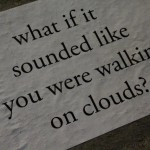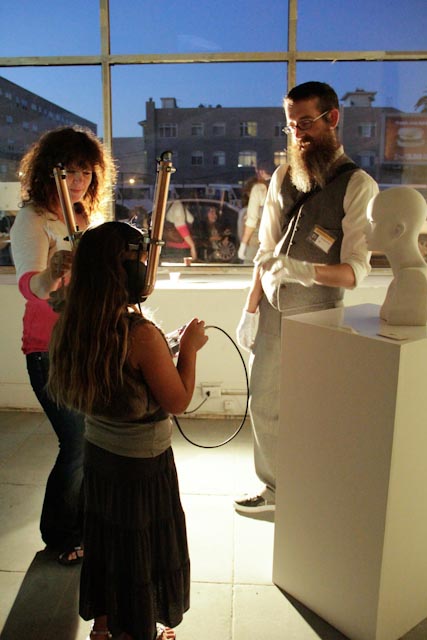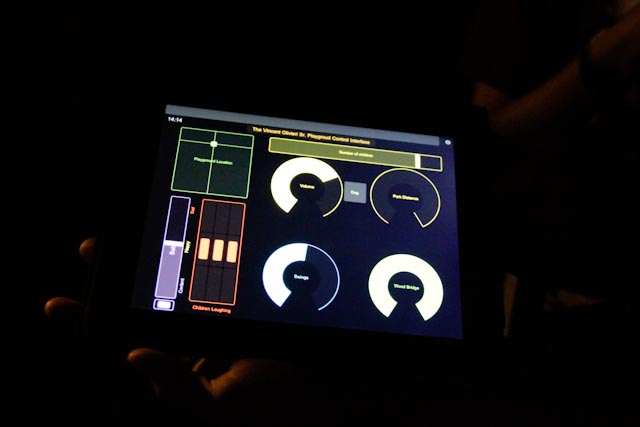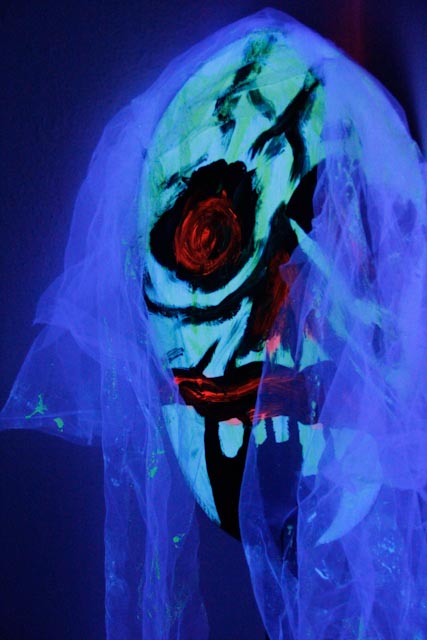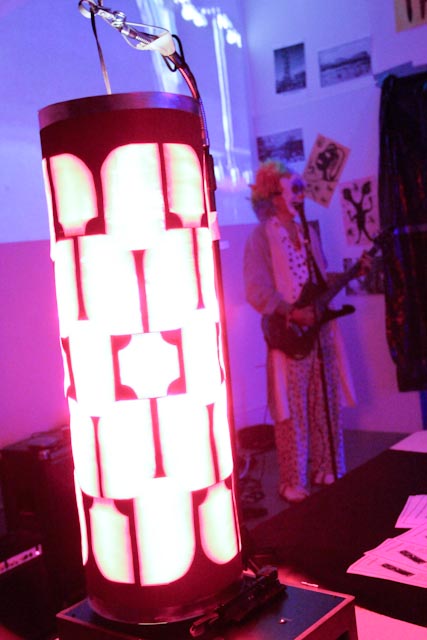The 8th Annual Long Beach Soundwalk! | Art Mediums From Random Materials to High Tech
Sound art (a term first coined in 1982), explores the dynamics relating to the experiential progression of sound from hearing, to listening, to “poetistic” perception, and finally, to aesthetic appreciation. – Soundwalk.org
In short, appreciation for sound, not in a musical sense, as the coordinators of Soundwalk made a clear distinction that music, while possible to be a component of sound art, is not sound art itself. This past weekend, the annual Long Beach Soundwalk took place across the blocks of downtown Long Beach’s art district. Coordinated by the efforts of local artist group FLOOD, the 8th annual Soundwalk saw a mix of local and international artists working with a multitude of art mediums, seemingly random materials, and technology (we ARE TechZulu after all) to create a highly interactive multi-playered experience in a new and (somewhat) abstract space.
*whew*
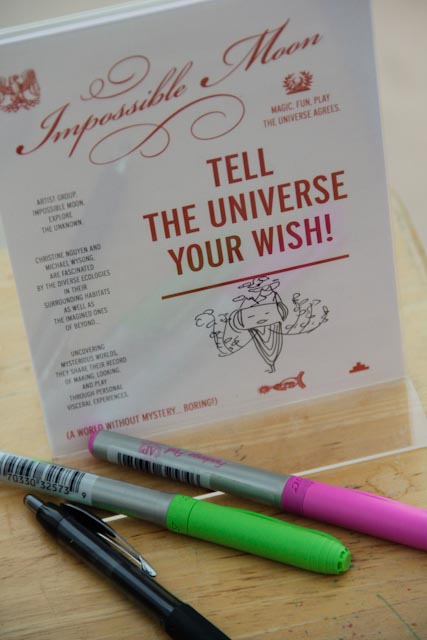 Not having been to a Soundwalk before, I immediately knew we were in for a unique experience when we turned the corner and heard a slightly spooky modulated voice directing me to: “tell the universe [pause] your wish”. From requests of world peace, to the next iPhone 5 to be revealed soon (sorry Miss, your wish didn’t quite come to fruition), all put through midi controllers and sound modulators so that everyone’s voice outputs were of a Greek deity quality (with plenty of echo effects), it was a fun way to kick off our Soundwalk.
Not having been to a Soundwalk before, I immediately knew we were in for a unique experience when we turned the corner and heard a slightly spooky modulated voice directing me to: “tell the universe [pause] your wish”. From requests of world peace, to the next iPhone 5 to be revealed soon (sorry Miss, your wish didn’t quite come to fruition), all put through midi controllers and sound modulators so that everyone’s voice outputs were of a Greek deity quality (with plenty of echo effects), it was a fun way to kick off our Soundwalk.
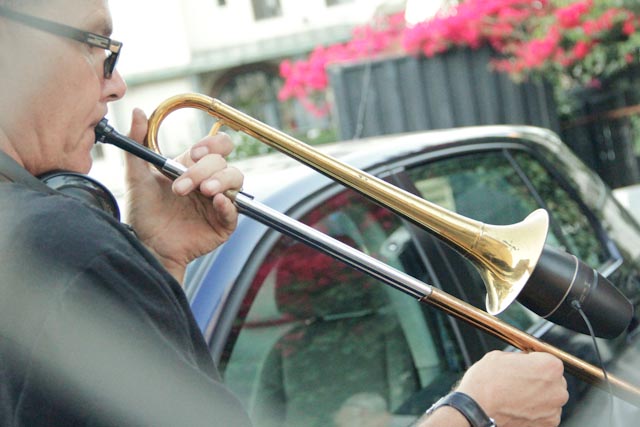 The complete lineup of exhibits, performances, and installs ranged from sculptures to interactive exhibits to performances made strong consistent use of technology, which for some reason just didn’t really occur to me as a main theme (as I assumed non-powered objects and instruments would be the focus point). But once I really thought about it, perhaps a Soundwalk from another decade would be characterized by totally ‘natural’ sounds, but as generation of people who has lived with technology deeply ingrained into our lives, it only made sense that technology would play such a large role in the art show. The result for Soundwalk was a very organic-tech experience, with instruments and normal objects as the base supplemented by midi controllers, sound modulators, phase shifters, and digital reverberators of all kinds.
The complete lineup of exhibits, performances, and installs ranged from sculptures to interactive exhibits to performances made strong consistent use of technology, which for some reason just didn’t really occur to me as a main theme (as I assumed non-powered objects and instruments would be the focus point). But once I really thought about it, perhaps a Soundwalk from another decade would be characterized by totally ‘natural’ sounds, but as generation of people who has lived with technology deeply ingrained into our lives, it only made sense that technology would play such a large role in the art show. The result for Soundwalk was a very organic-tech experience, with instruments and normal objects as the base supplemented by midi controllers, sound modulators, phase shifters, and digital reverberators of all kinds.
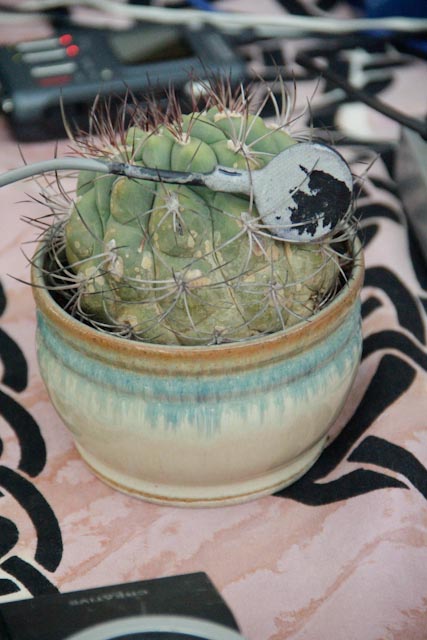
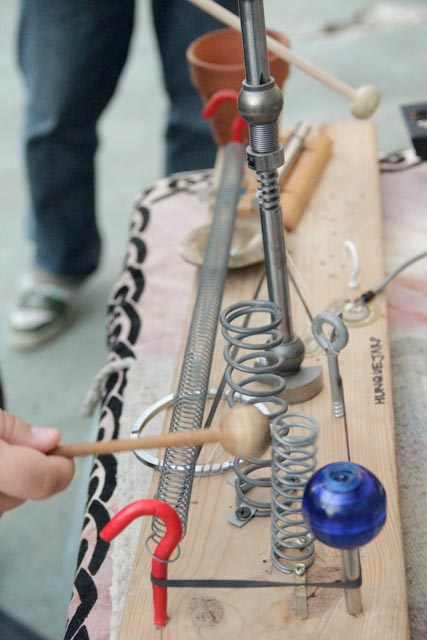 I really enjoyed experiencing:
I really enjoyed experiencing:
-Gil Kuno’s “Slinky Piece”, a metal ladder that projected loopy echos and clinks through a soundboard and producing amplified noises made from a slinky falling down each rung (the kids really loved this one)
-The tech-savvy “Arduino”, a jellyfish art piece that employed a 48 hold hemisphere that registered object presence and synced sounds and LED lights to the movements of the user
-Pedestal and the All Girl Band with their guerilla style karaoke assaults and crowd participation oriented brand of comedy and merrymaking
 -Clowns and Fetuses and their black light fueled gallery for the macabre and the tripped
-Clowns and Fetuses and their black light fueled gallery for the macabre and the tripped
One of my favorites (couldn’t find the sign for it) took place in a completely blacked out room, where ambient sounds played from the four corners of the room. The artists provided exhibit participants an iPad with a custom-designed soundboard with a number of pre-loaded sounds with volume and activate capabilities. The experience, with eyes closed, was just astonishing as you were able to distinctly pinpoint the movement and positioning of different audio tracks.
In the end, the event was much different than I had originally anticipated, much less of a music focus than I had originally thought, and a bit more abstract. And I believe, this level of abstract thought and creativity really gave the pieces a lot of meaning; while one could easily dismiss a piece in an “I don’t get it” moment, there was a lot of great thought put behind each piece as the artists were oftentimes on hand and happy to describe thought processes and meaning behind their works.
The final result, an interesting stroll through Downtown Long Beach with ambient sounds hitting our ears from all sides, able to provide you just enough of what was going on with each exhibit to draw you closer and explore. Really neat stuff.
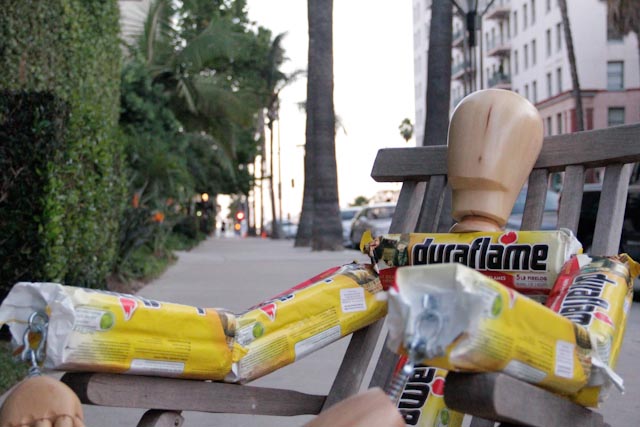
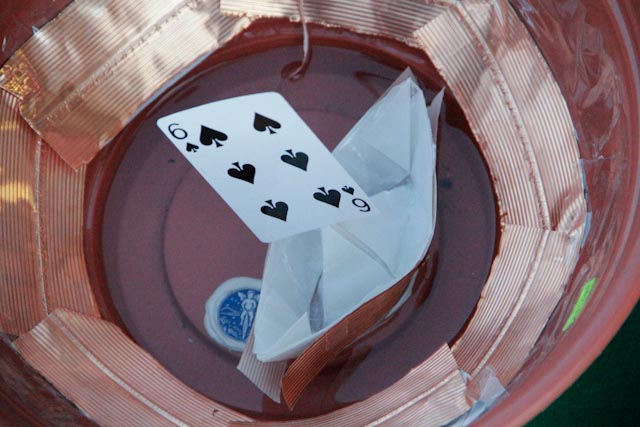 And we also managed to catch up with a few of the event coordinators (Kamran Assadi, Shelley RuggThorp, and Marco Schindelmann) from FLOOD and get some insight into the long-running Soundwalk some more!
And we also managed to catch up with a few of the event coordinators (Kamran Assadi, Shelley RuggThorp, and Marco Schindelmann) from FLOOD and get some insight into the long-running Soundwalk some more!
So how did Soundwalk come about? It’s a pretty unique concept!
The whole idea of developing the arts district in cities to raise community value has been done all over, LA, New York, etc. and some people wanted to do it here as well. They tried to, but our arts district had nothing substantive here. A few boutiques, but no conventional exhibition spaces. The idea was to bring real art to the district, so we thought, why not sound? Sound doesn’t require a lot of finite space, it’s very flexible and fluid, so it’s a versatile medium.
How have you gone about obtaining the artists?
Sound artists are a smaller tight-knit group of people. There’s a great program at Cal-Art as well. It started off with, 30-40 people, and the list has just grew organically. The database is pretty extensive now with local artists, nation-wide, and international artists. This year (with the help of Nick Dynice) we’ve really made an effort to showcase the artists regularly on our Facebook and website with profiles leading up to the show.
Please tell me a little bit about FLOOD and the walk
We’re an artists collective and we do a number of different projects, not just Soundwalk. Different installations, conceptual projects, and happenings. We’re not a one trick pony, maybe a two trick pony :). One thing to pay mind to is that for most places, an art walk’s purpose is to provide a space for artists to show and sell their work. With how these sound exhibits are done and performed, it’s all about experiencing. No one is really selling their work.
One thing I noticed was the emphasis on ambient sound rather than music. Any insight into this?
It’s definitely not a music event. There’s plenty of those already. It’s not just that we want to differentiate, but that it IS a different kind of event. Music can be a component, but it’s not the focal point. Also, some people do just show up to play or exhibit their work.
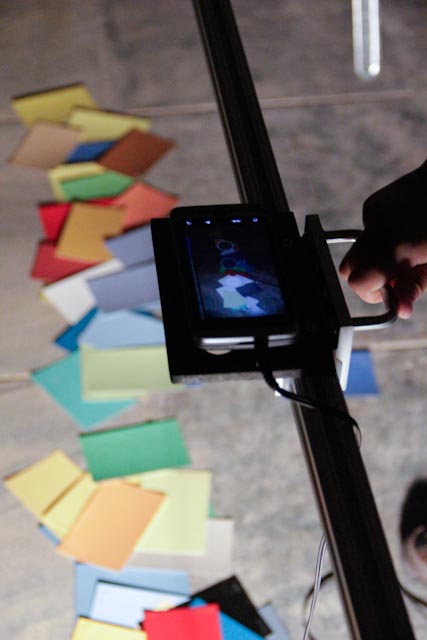 *Marco Schindlemann joins us for dinner*
*Marco Schindlemann joins us for dinner*
Marco, great of you to join us, anything you could tell us more about the Soundwalk?
This is what we do. Sound art is all about democratic listening. Music is very hierarchical, with a lot of structure in keys, notes, etc. As a result, when music is written and produced, it is very much about what the composer wants the listeners to hear. With sound art, it’s very much about what the listener chooses to tune in to. We regard Soundwalk a huge success when participants will start listening to objects they think might be an exhibit, but really aren’t. *laughs*.
Another distinction to make is that with music, it is about “us” knowing what the artist is expressing or feeling as opposed to sound artists are interested in what spectators and listeners are feeling. So you start to see how poets and other artists start to look at the world. In the end, that’s the important thing. In the future, all the artist will have to do is point. The artist will point, and we, the spectator or auditor will be able to appreciate what the artist sees or feels.
Thanks so much everyone, we at TechZulu really appreciate your time!








